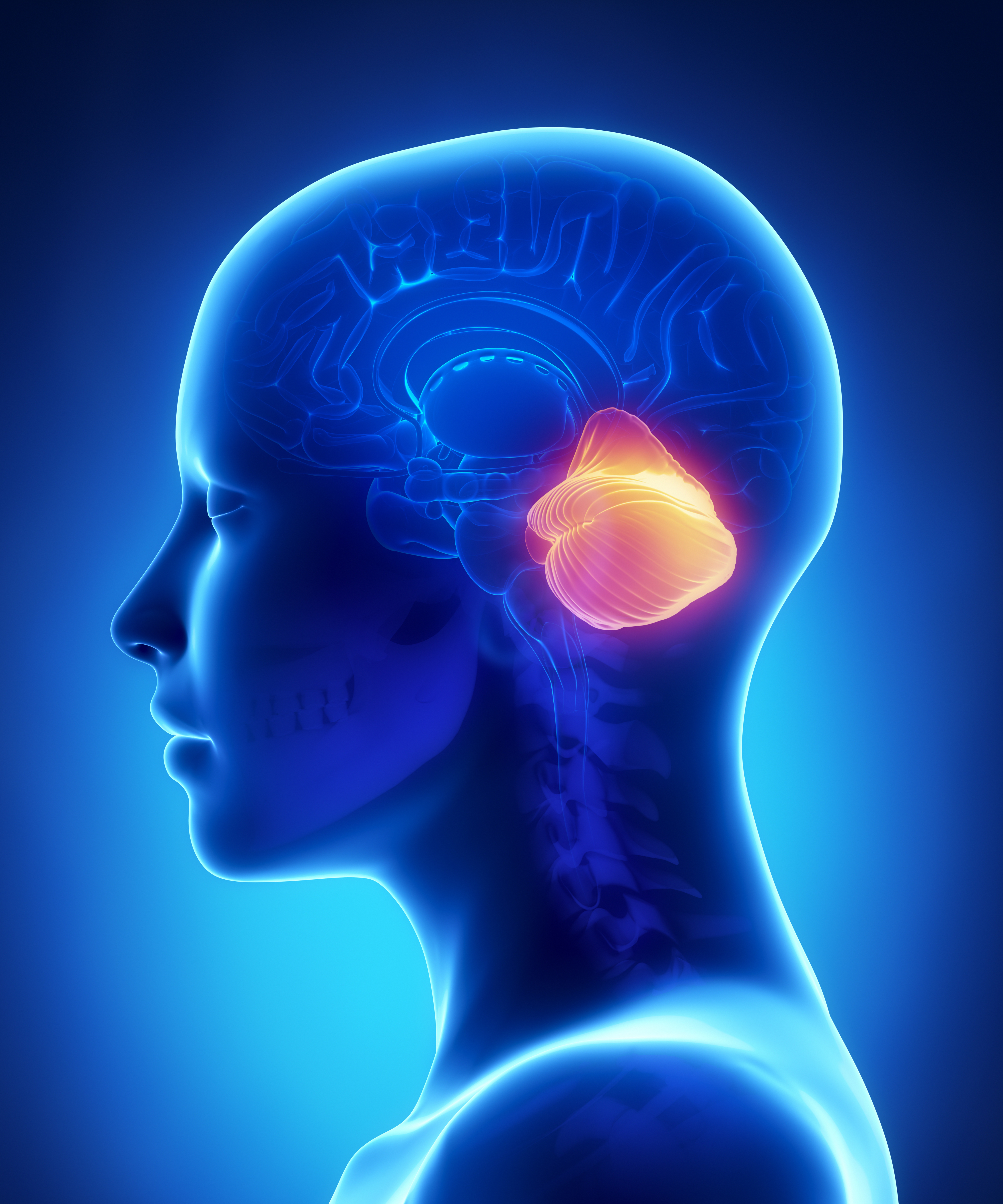Structural and Functional Abnormalities in The Cerebellum of Ataxia Patients

A study led by researchers at the University of Duisburg-Essen in Germany revealed structural and functional alterations in the cerebellum of patients with hereditary ataxia disorders, namely spinocerebellar ataxia (SCA) and Friedreich’s ataxia. The study was published in the journal Brain and is entitled “Structural and functional MRI abnormalities of cerebellar cortex and nuclei in SCA3, SCA6 and Friedreich’s ataxia”.
Ataxia is defined as a neurological sign characterized by the lack of voluntary coordination of muscle movements. Among hereditary ataxia disorders, Friedreich’s ataxia is the most common recessive ataxia in the United States and Europe. The disease is a rare inherited neurodegenerative disorder characterized by progressive damage of the nervous system with degeneration of the spinal cord and peripheral nerves that leads to muscle weakness, sensory loss, balance deficits and lack of voluntary coordination of muscle movements. The disease is caused by a mutation in a gene called frataxin and can lead to progressive disability, dependence on a wheelchair and reduced life expectancy.
SCA is a progressive, neurodegenerative, genetic disorder that comprises several forms of disease (SCA1 to SCA29). It is characterized by a failure in muscle control, and a lack of balance and coordination due to the damage of parts of the nervous system that control movement. SCA type 3 and 6 (SCA3 and SCA6) are among the most common hereditary autosomal dominant ataxias.
The cerebellum, a region of the brain that plays an important role in motor control, is involved in all these three hereditary ataxias. However, the impact of each disorder in the cerebellar tissues is different, and these differences can be assessed through diagnostic brain scans. SCA6 is characterized by a significant reduction of the cerebellar cortex, whereas the cerebellar nuclei are thought to be preserved. SCA3 and Friedreich’s ataxia, on the other hand, are characterized by the preservation of the cerebellar cortex and a reduction in size of the cerebellar nuclei.
In the study, researchers used susceptibility-weighted imaging (SWI), a technique that allows the visualization of the cerebellar nuclei and quantification of its volume, to assess cerebellar nuclei atrophy in 12 Friedreich’s ataxia patients, 10 SCA3 and 12 SCA6 patients. As controls, matched healthy individuals were assessed. Ultra-high field functional magnetic resonance imaging (MRI) of a simple hand movement was used to analyze the function of the cerebellar cortex and nuclei.
Researchers found that, as expected, the cerebellum volume was greatly reduced in SCA6 patients, while it was slightly reduced in the SCA3 group and preserved in Friedreich’s ataxia patients. Atrophy of the cerebellar nuclei was detected not only in Friedreich’s ataxia and SCA3 patients, but also in the SCA6 cohort in comparison to the healthy controls, an effect more pronounced in SCA6 patients.
Functional MRI revealed alterations in both the cerebellar cortex and nuclei in all three conditions. Regarding the cerebellar nuclei, the reduction was most prominent in Friedreich’s ataxia patients, while the functional MRI signal in the cerebellar cortex was especially decreased in SCA3 and Friedreich’s ataxia patients in comparison to the SCA6 group.
The research team concluded that cerebellar nuclei atrophy could be detected in all three groups of patients – Friedreich’s ataxia, SCA3 and SCA6. The three disorders were found to be associated with a general dysfunction of the cerebellum, involving the cerebellar cortex and cerebellar nuclei. The team suggests that further long-term studies should investigate whether this nuclear pathology can be considered a useful biomarker of disease progression.






